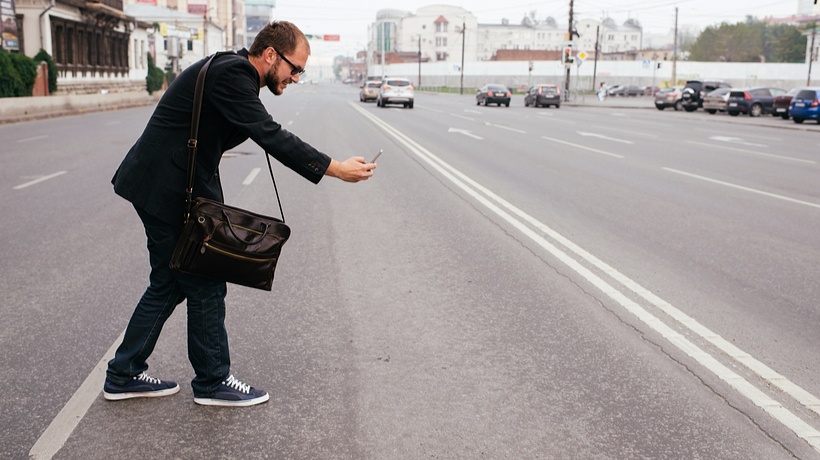Mixed Reality Examples That Are Transforming Learning
eLearning is one of the most rapidly evolving industries, with new technologies replacing older ones faster than we can comprehend. Whereas a few years ago all you needed to implement efficient online learning was a robust Learning Management System with high-quality content, companies are now turning to immersive platforms to boost knowledge retention, engagement, and retention. Taking it a step further, businesses are experimenting with Mixed Reality (MR), blending virtual and real elements into one innovative and engaging learning experience. Although Mixed Reality examples are still not that common, they promise to revolutionize employee training. Read on to discover more about MR, its benefits, and how you can use it to transform learning.
What Is Mixed Reality?
Mixed Reality blurs the line between the real and digital world, creating a new reality where elements from both environments can coexist. Specifically, Mixed Reality is a combination of Virtual and Augmented Reality, utilizing the immersive nature of the former and the integration into real-world settings of the latter. For example, wearing a special headset and haptic gloves, a user can see and interact with a digital object, such as an animal, that is placed into the physical environment of their living room. Other pieces of equipment that we can use to achieve MR are smart glasses, full-body suits, or even a smartphone.
How Does MR Facilitate Learning?
The positive effects of Mixed Reality on learning have been researched in depth in recent years by various technology companies. Here are a few we think you'd be interested in.
Improves Knowledge Retention
It's common knowledge that one of the most efficient ways to facilitate learning is hands-on practice. Experiencing learning first-hand allows learners to reflect on the training material and attach memories to it, which will then boost recall. Learning through Mixed Reality offers just that, promoting interaction with fellow learners and the training environment while presenting information in a visually appealing and engaging way that improves knowledge retention and learning outcomes.
Reduces Cognitive Load
Trying to follow a learning program, either in a corporate training environment or in a classroom, can be challenging. Between keeping track of your instructor and the training material on the screen (or whiteboard), things can get chaotic. On the contrary, Mixed Reality methods reduce cognitive load by presenting learners with only the necessary information at any given time. On top of that, the fact that learners can easily interact and manipulate visual stimuli allows them to decode, comprehend, and retain complex ideas with greater ease and speed.
Increases Learner Engagement
Any Mixed Reality example you can think of is undoubtedly more interactive and engaging than a traditional learning setting. Specifically, as learners immerse themselves in the virtual environment, they are cut off from all distractions in the physical world. This way, they only focus on the elements that are linked to their immersive training experience. In addition to maximizing engagement, this also creates an emotional connection between the learner and the subject, which in turn leads to deeper comprehension and retention of complex or distant concepts.
4 Uses Of Mixed Reality In Learning
MR hasn't really taken over learning just yet, but its future seems particularly promising. Here are 4 ways Mixed Reality has started being used in educational institutions and businesses.
1. Technologically Enhanced Field Trips
When referring to field trips, we often think about students visiting museums or monuments. However, employees can also benefit from getting out of the office to explore a new office or construction site, gain insights into someone else's job, or even attend workshops and meetings. MR can utilize its immersive environment to transport learners anywhere they want to be and help them experience new things up close.
2. Immersive Collaborative Learning
Although many people think that most examples of Mixed Reality are isolating, this couldn't be further from the truth. Using MR, AR, or VR tools, learners can collaborate in a digital environment, despite being in completely different physical locations. In addition, the ability to interact with virtual objects allows learners to attend eLearning events that require hands-on practice.
3. Interactive Simulations
Simulations are the core of any immersive environment, provided that you have the right equipment. With a VR headset and a pair of haptic gloves, you can implement any type of training with minimal physical contact, from learning how to drive an aircraft to performing complex medical procedures. With MR simulations, learners enjoy great accuracy and ease while avoiding any danger that these activities would carry if recreated in real life.
4. Educational Games
One can say that games are the primary area where technologies that affect our perception of reality are used. This is why it only makes sense to incorporate educational, interactive games in MR training methods. However, instead of chasing mythical creatures, learners can interact with virtual customers that will test their product knowledge, as well as their negotiation and communication skills, problem-solving abilities, etc.
Conclusion
The rapid technological advancements we're witnessing have allowed us to approach concepts such as learning in a completely innovative way. In this article, we shared only a few of the many Mixed Reality examples you can already experience. And as more companies start becoming involved in MR, it is sure to grow and transform learning, communication, remote work, etc., as we know them.









